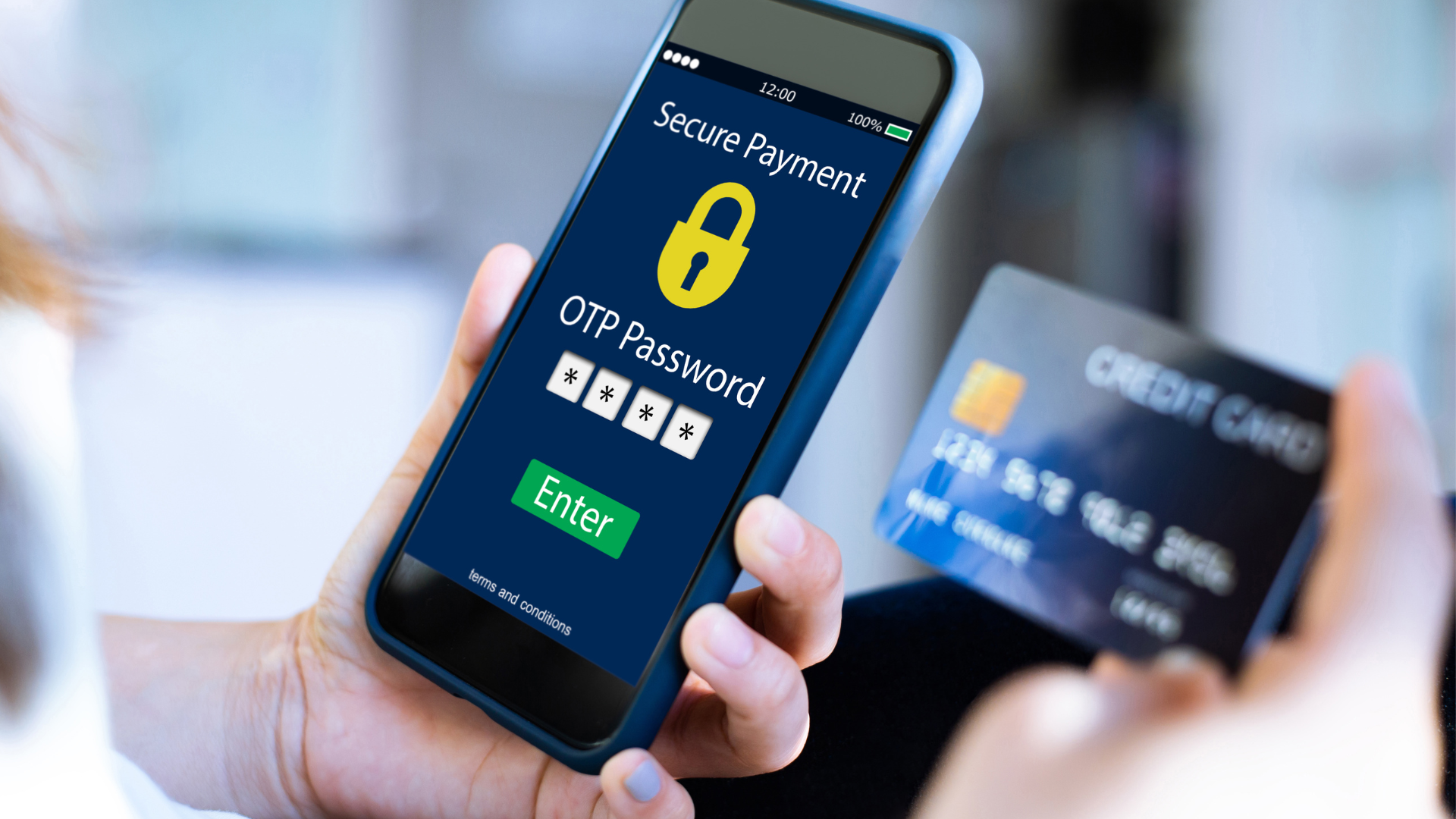Properly tracking expenses can be a hard part of running any business. But for businesses in the home service contracting industry – such as plumbers, electricians, and HVAC technicians – the responsibility can be especially difficult. Much of your expenses are likely incurred while you’re in the field, so you need to hang onto your receipts and remember to update your financial records later on.
Expenses are funds that are spent or costs that are incurred in your business’s effort to generate revenue. By understanding how to track and categorize your expenses, you can ensure your business’s funds are properly spent. In this blog post, we’ll outline the different types of expenses home service contracting businesses commonly have and provide tips on how they can be properly managed.
1. Common expenses
Common expenses are general or operational costs that are not associated with any specific client or job. They tend to be easy to track and record in your general ledger since they’re usually paid for directly with business funds. Some examples of common expenses include:
- Advertising expenses – websites, mailing lists, print advertising, online advertising, promotional materials, and logo clothing
- Professional services fees – bookkeeping, accounting, and legal fees
- Business travel – cab, bus, train or plane fares, tolls, and parking fees
- Insurance – health insurance, business liability insurance, and business equipment insurance
- Professional dues and fees – dues paid to the local Chamber of Commerce, trade associations, business license, professional license fees, renewal fees, and franchise fees
- Continuing education – business journals, online courses, contractor license re-certification classes, seminars, class materials, and related travel
2. Special rules expenses
Some expenses have special rules set by the IRS. In order to correctly deduct these expenses on your taxes, you need to make sure you understand the rules and follow them.
For example, business meals and entertainment are only 50 percent deductible, which can be a source of audit trouble for some business owners. Bookkeepers traditionally advise their clients to keep the receipts for these expenses and note who they met with and the purpose of the meal or meeting. However, there are now mobile apps that can be used to take a photo of a receipt and instantly upload the details to your general ledger.
3. Special circumstances expenses
Some expenses do not flow through your general ledger or get paid for directly with business funds. In these cases, you’ll need extra documentation to make sure the expense gets categorized correctly.
Two examples of special circumstances expenses are home office and personal vehicle expenses. Even if you run your entire business from your house, you probably still pay your mortgage, property taxes, and other other home-related expenses using your personal funds. Similarly, you might use your personal vehicle for work but pay for gas and maintenance out of your own pocket.
With the proper documents, you can categorize these expenses in your general ledger and possibly claim a home office deduction and vehicle deduction on your business taxes.
In the case of the vehicle deduction, mobile apps are available that will track the miles you drive for business purposes and upload the details to your business’s records.
4. Cost of Goods Sold
Cost of Goods Sold (COGS) are expenses directly attributable to creating a product or service. This includes the cost of raw materials, direct labor, and sometimes other service-related expenditures (often referred to as Cost of Sales).
COGS can be deducted from Gross Revenue in order to calculate your Gross Profit. Your Gross Profit margin is the amount of money you have left for operational and general costs and remaining profit. Understanding your COGS and being able to calculate your Gross Profit is one of the best ways to determine if your pricing is correct and what your sales goals should be.
For home service contractors, examples of COGS include the costs of parts and materials, labor, and even merchant fees from accepting credit card payments. Keeping tabs on these costs might sound tedious but it’s an important part of running a successful home service contracting business.
Use technology to simplify expense management
With the right technology, you can make it easy to track and manage your expenses. Here are few types of apps and software your home service contracting business should be using:
- Receipts app – Receipts get lost or damaged. Use a receipt imaging mobile app to take a photo of your receipts so the details are instantly sent to your general ledger
- Mileage app – You can track the miles you drive for business purposes using mobile GPS mileage apps
- Online document storage – Filing cabinets take up too much room and get disorganized. You can go paperless and store all your documents in the cloud with online document storage
- Cloud scheduling & invoicing software – Successful businesses are adopting cloud software. Home service contractors can automate much of their business processes by using cloud-based scheduling and invoicing software that connect and share data with other systems
- Cloud accounting software – All your business transactions need to make it into your general ledger. You can ensure that happens by having a completely cloud-based back-office setup with accounting software at the center.
We can help your business manage and track your expenses so you can focus on serving your clients. Chat with one of our friendly industry experts today: call us at 844-629-8797 or click below to request your free consultation.
Related Articles
Parties and other events are a great way to engage and reward employees and customers, and it’s also an opportunity to find tax deductions. But the tax rules for such events are strict and require careful planning and navigation to ensure you can claim your deductions with confidence.
Read on how to deduct the cost of a business party while also being conscious of potential tax deductions.
The various taxes that small businesses have to pay out each year are significant, so it’s important to be aware of every opportunity the tax man gives you to reduce your bill. So be sure to consider whether any or all of the items in this checklist apply to your business and discuss them with your bookkeeper and accountant to ensure you are documenting and claiming every deduction available to you.
With tax season approaching, you will want to take advantage of any and all deductions legally available to you. And if you aren’t satisfied with this year’s write-offs, you’ll want to start looking ahead next year to ensure you are aware of and actively documenting everything you could be deducting.
Financial fraud is the number one consumer complaint in the United States, and it can have devastating consequences for victims.
But by being proactive and following some simple steps, you can make it much more difficult for criminals to steal your money or your identity. Read about implementing some measures to protect you!
Now is the time to start thinking about the coming year, and what changes you could make to reduce your bill next time the taxman comes around.
Take a look at several ways businesses are reducing their tax burden.
Good financial reporting can help a business track what is really important for profitability and guide good decision-making for the future. Many small businesses struggle to really take full advantage of their financial reporting.
Take a look at five tips that could make the difference in whether your financial reports tick boxes or truly help drive growth.
Accounting and invoicing for general contractors have always been a paperwork-intensive process, tracking various construction-specific tasks like estimates, sourcing subcontractors, handling change orders, and partial-completion invoicing.
Let’s take a closer look at what makes construction invoicing different – and difficult – and consider a few highly-regarded apps that are worth considering, not only for invoicing but potentially for the entire end-to-end construction process, from submitting bids to paying contractors to customer relations.
Filing as an S Corp eliminates the self-employment tax on all income that many small businesses pay, while at the same time keeping some income out of reach of things like Medicare and Social Security taxes. It offers you the opportunity to take part of your income as a W-2 salary, with the associated federal program taxes, and the rest of it as distributions that are not subject to those taxes.
As with most “great deals,” though, there are potential pitfalls. It’s important to take the process seriously and abide by the rules in order to reap the benefits while avoiding some very serious penalties.
Let’s take a look at the benefits and potential pitfalls of filing as an S Corp, and how you can pay yourself in a way that maximizes your tax benefits while minimizing your compliance risks.
Filing as an S Corp eliminates the self-employment tax on all income that many small businesses pay, while at the same time keeping some income out of reach of things like Medicare and Social Security taxes. It offers you the opportunity to take part of your income as a W-2 salary, with the associated federal program taxes, and the rest of it as distributions that are not subject to those taxes.
As with most “great deals,” though, there are potential pitfalls. It’s important to take the process seriously and abide by the rules in order to reap the benefits while avoiding some very serious penalties.
Let’s take a look at the benefits and potential pitfalls of filing as an S Corp, and how you can pay yourself in a way that maximizes your tax benefits while minimizing your compliance risks.









